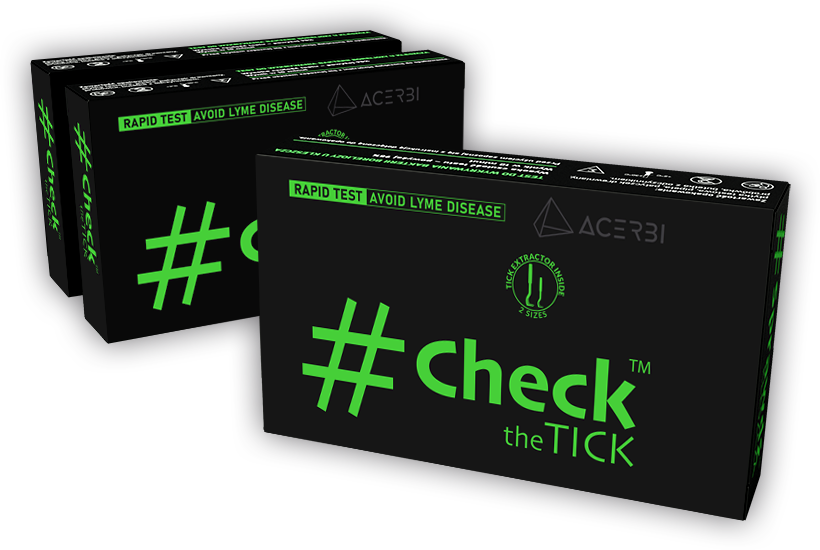Attention! Ticks!
Despite what many people believe, ticks do not attack only in the summer or jump on us from trees. Each year winters in our geographical region are milder and seasons are slowly becoming less defined. As a result, tick season has extended and lasts from March to November because ticks need temperatures of 7-10°C to stay active.
Will we only find a tick in the forest? Well no...
Ticks are literally everywhere: in parks, gardens, lawns, meadows, playgrounds. Chances are we can find them in the bushes near our house. They do not fall from trees. They prey approximately 1 metre above the ground. Their Haller’s organ is very well-developed, so they can detect potential hosts from at a long distance. Apart from detecting body temperature, they can also recognise ingredients in our sweat and the carbon dioxide we exhale.
Why don’t we feel a tick’s bite?
Because ticks secrete a substance which works like local anaesthesia, so we do not feel their bite or itchiness.
Ticks are dangerous
Ticks pose a real threat to our life and health because they transmit many diseases, including Lyme disease.
What affects the spread of ticks
The Climate Coalition in Poland and HEAL Poland warn against the spreading of ticks. The following factors affect the spreading of ticks: rapid temperature changes, mild winters, humidity and blurred seasonal boundaries.
Areas of the body where the tick may be present
Most often they cling to clothes or pets’ hair. Once a tick hooks onto us, it starts looking for the right place to bite. Usually, they look for places where the skin is thinner. e.g. under the knees, under the breasts, in the groins.

